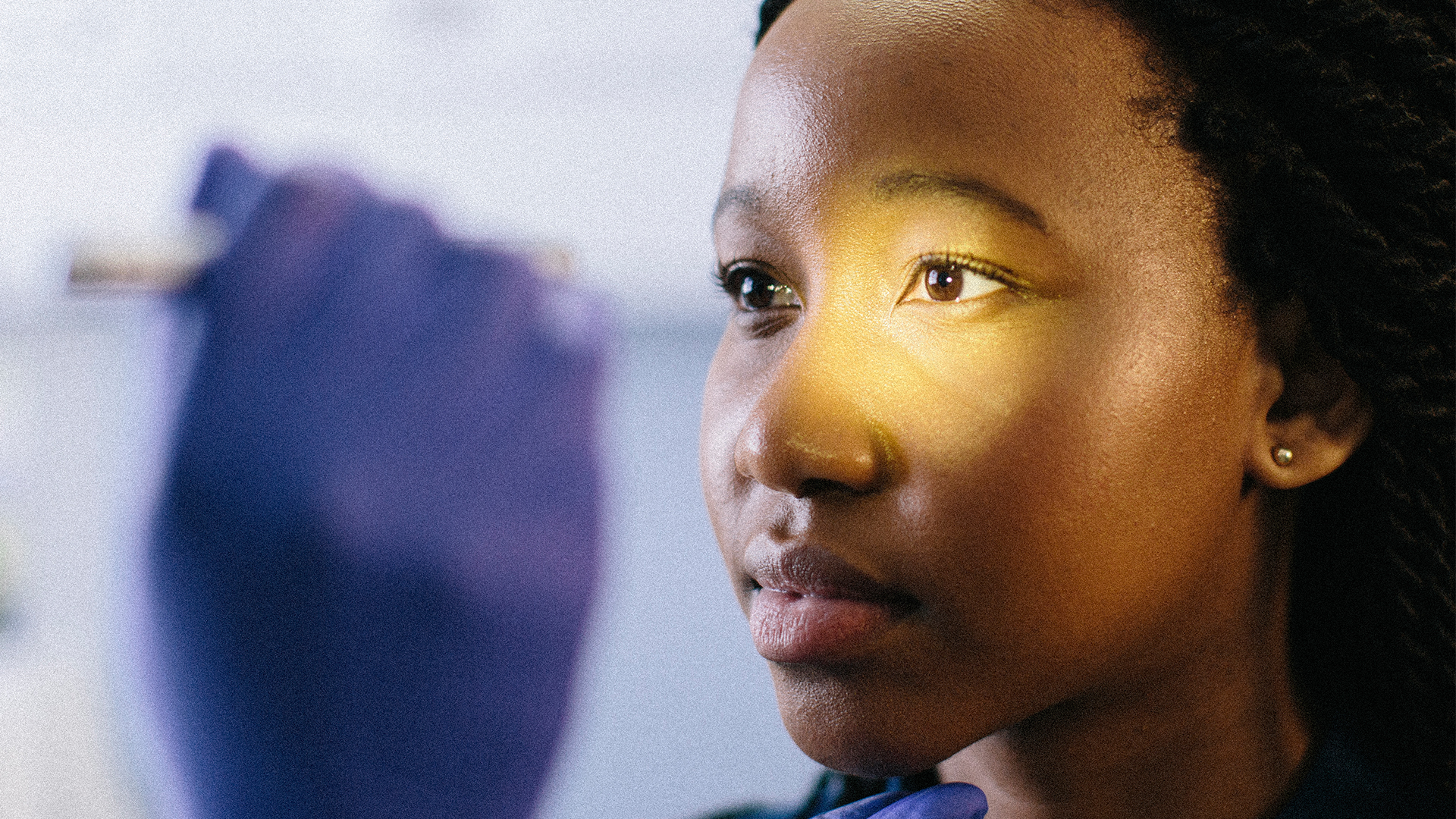When’s the last time you had your eyes checked? Do you know if you’re near sided or far sided? Would you happen to have astigmatism in one eye or both? All questions everyone should be able to answer about themselves but don’t. Outside of getting your eyes checked regularly to ensure that you are able to see as best as possible, having regular eye exams will also check for signs of eye disease or conditions that can affect not only your vision but your overall health.
One topic that young people within the African-American culture don’t talk enough about is glaucoma because who’s really thinking about this condition in their twenties and thirties. We get it, it’s really not an everyday topic but it’s something we feel should be discussed during Glaucoma Awareness Month. Let’s get straight to the facts.
What Is Glaucoma?
Glaucoma is a group of eye conditions that damage the optic nerve, the health of which is vital for good vision. This damage is often caused by an abnormally high pressure in your eye. Glaucoma is one of the leading causes of vision loss and blindness.
What is the First Sign of Glaucoma?
Glaucoma affects millions of people in the U.S., but many of those are unaware they have the disease. Sometimes there are no symptoms, particularly in open-angle glaucoma, the most common form of the disease. However, some symptoms people with glaucoma might experience are loss of peripheral or side vision, seeing halos around lights, vision loss (especially if it happens suddenly), redness in the eye, an eye that looks hazy (cloudy-looking cornea), pain in the eye and in the head and last but not lease tunnel vision.
African Americans and Glaucoma
After cataracts, glaucoma is the leading cause of blindness in African Americans. Unfortunately, glaucoma strikes earlier and progresses faster in African Americans.
African Americans belonging to any of these risk groups have an even greater risk of developing glaucoma:
- Over age 40
- Extreme nearsightedness
- Diabetes
- Hypertension
- Prolonged steroid use
In addition to this higher frequency, glaucoma often occurs earlier in life in African Americans — on average, about 10 years earlier than in other ethnic populations. In fact African Americans should get a thorough check for glaucoma every one to two years after age 35.
Glaucoma Runs in Families
Research has shown that siblings of persons diagnosed with glaucoma have nearly a 10-fold increased risk of having glaucoma when compared to siblings of persons without glaucoma, per glaucoma.org. Clearly brothers and sisters of patients with glaucoma can benefit from regular eye examinations with special attention to careful screening for glaucoma.
Treatment
There is currently no cure for glaucoma, but there are treatment options if it’s detected early enough. Different types of glaucoma present alternate warning signs. Treatment includes eye drops, medications, and surgery. There is an option of laser therapy and various surgical procedures. These techniques are intended to improve the drainage of fluid within the eye, thereby lowering pressure.
Here are some tips that may help you control high eye pressure or promote eye health.
Eat a healthy diet.
Exercise safely.
Limit your caffeine.
Sleep with your head elevated.
Sip fluids frequently.
Though most types of glaucoma cannot be prevented, early detection and ongoing monitoring of eye health can limit the vision loss caused by the disease.
